From business to healthcare, gaming to education, mobile defines the future of literally everything. For any of the top Mobile App Development Company in NYC, it is a strategic process of identifying, designing, building, and launching a useful mobile product. However, due to some preconceived notions of ignorance and lack of planning, the mobile app has to face many complications that can destroy their momentum and end up costing more time and resources.
Therefore, to save yourselves from such failure, it is required to have a full-proof strategy that needs you to measure twice and cut once.
Building the Foundation of the Mobile App
Most of the serious and top mobile app development companies in NYC always mandate a Discovery Stage before developing a mobile app. Discovery Stage is pre-development research that is meant to define the app’s objectives and problems and solve them keeping the expectations of the users in mind.
The main agenda of this stage is:
- Defining the project from a management perspective
- Requirement and risk identification
- Formulating real-time & cost estimation
Step 1: Getting an Idea
If you wish to make money out of your mobile app, you need to start with the idea that it can be profitable in the long run. Once you are convinced with a good idea, then it’s time to identify the problems you face and evaluate your idea’s legitimacy and practicality.
Step 2: Positioning the app for competition
The trick is to analyze your competition and outperform the other apps to stand out in your chosen category. Iterations can be time-consuming, expensive, and frustrating. But this analysis helps you to understand your unique factors and stand out.
Step 3: Identifying your Target Audience
You will need specific target demographics like location, gender, hobbies, age, etc. for the identification of your targeted audience. Different brands of phones have different specs and limitations that compel you to consider factors like color saturation, screen resolution, battery life, and hardware performance.
Step 4: Monetizing the App
The stage is better described as convincing people to invest money on your app. You must have a financial goal and have a plan to hit the target. Although, it’s a pretty tricky task as you have to think about the viable ways to monetize your app. There are a few ways that can help to make money out of your app.
Step 5: Defining Minimum Viable Product
It establishes the road-map for the project. MVP is not the whole thing but a testable product that helps to collect data at a very early stage. Based on these data and user feedback, you can make incremental improvements to the following reiterations.
Designing User Experience for Your App
Lack of intuitiveness and usability can fail even the most visually fantastic app to perform in the store. Every user wants to know everything about the app intuitively. The moment they get stuck, they will move on and try another app.
Therefore, creating UX, i.e., user experience, involves a lot of time for researching, designing the entire process, and integrating the product, including branding aspects, functionality, usability, and design to avoid failure.
Step 1: Information Architecture
Information Architecture is a process to list the desired features and make some rough outlines about the user’s journey and the path they take to perform intended actions. Also, it would be best if you worked on the presentation and organization of this information.
Step 2: Wire-framing your app
This schematic representation shows the skeletal framework of your app that helps you understand the look and feel of the app. It also explains the concept to your developmental team as well as your expectations from scratch.
Step 3: Clickable prototype
Clickable prototypes help to envision the whole project and convince the investors to invest in your app. It repeats the testing process until you get the desired results and get convinced about the app’s functionality.
Crafting the Aesthetics of your app
UI, i.e., the user interface plays a massive part in the overall perception of the quality of your app. However, both UI and UX may overlap in many aspects; they have a completely different set of functions. UI is responsible for how your app looks and behaves visually, while UX is all about improving customer satisfaction.
Step 1: Create Style Guides
The common drawback of an app is to have a different set of elements like 5 different gradients or 10 different buttons. To avoid this pitfall, a style guide should be followed that acts as a building block of the interface.
Step 2: Create Rendered Design
In this straight forward step, you necessarily grab all the elements from the style guide and throw them on the wire-frames. Don’t be afraid to change features while you are holding on to the up to date style guide. This is a living document of the app that can change the app’s identity as well.
Step 3: Develop a Rendered Click-Through Design
This is the part where you need to test a lot as any changes beyond this stage will be significantly more costly. So, go back to the clickable prototype after rendering your entire screen to test them out. Implement Beta Testing by involving some potential users to get more perspective on functionality and appearance. Keeps it aesthetically pleasing with useful features and proper functionality.
Design to Development Handoff
It is the most challenging stage in the app design and development process as it requires constant communication between designers and developers from the primary level of the project. Lack of communication leads to confusion and risk, which ultimately results in a poor quality mobile app. A Top mobile app development company in NYC USA always keeps this in mind and tries to make the whole communication process smooth and constant.
Step 1: Design files to stay organized
The art boards, layers, and screens should be organized and appropriately named to define their functions. Also, the naming should be meaningful using consisting casing. Similarly, layers should be grouped appropriately using color codes for groups and layers to hover states, clock states, and other interactive elements.
Step 2: Share key user goals.
To translate the screens into software logic, you need to share your goals with the developers. It is better to make a list of your requirements and listing them for the developers to use as a reference while coding.
Step 3: Share prototype with the developer
Share the prototype with the developers to give them a clear picture of what you want from them. With that prototype in hand, they can clearly understand what features to include, the flow of the screens, transitions, animations, and everything associated.
Final Words
The designers and the developers will work on different aspects of a mobile app. However, the primary goal of their work remains the same. Therefore, healthy, smooth, and continuous communications must be there to achieve the paramount towards developing a successful and high quality mobile app.

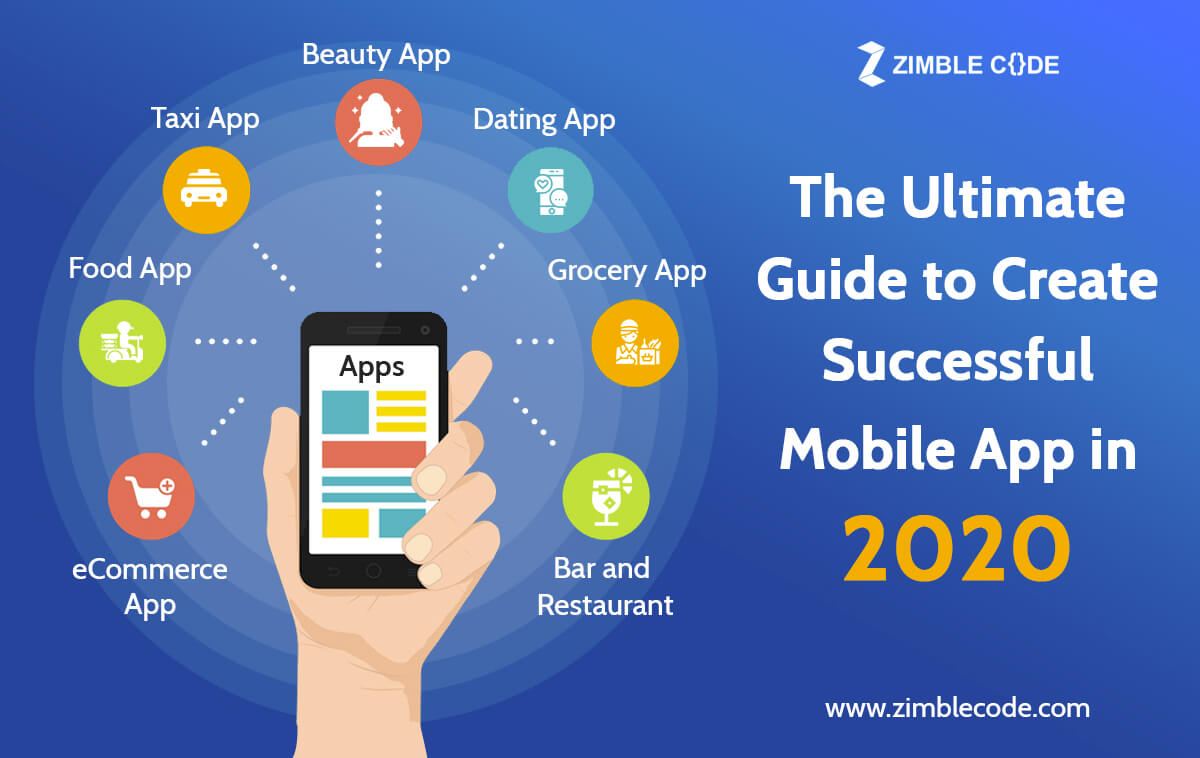
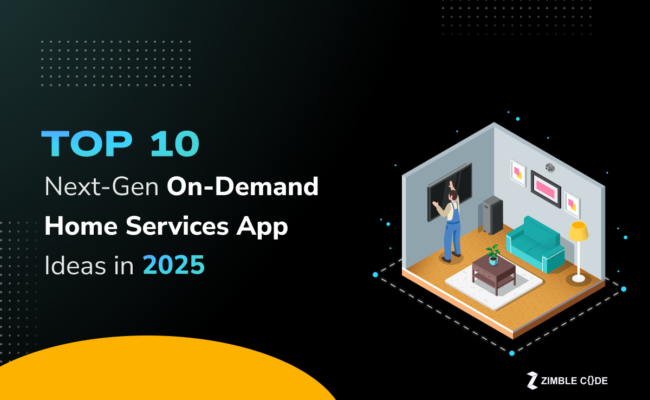
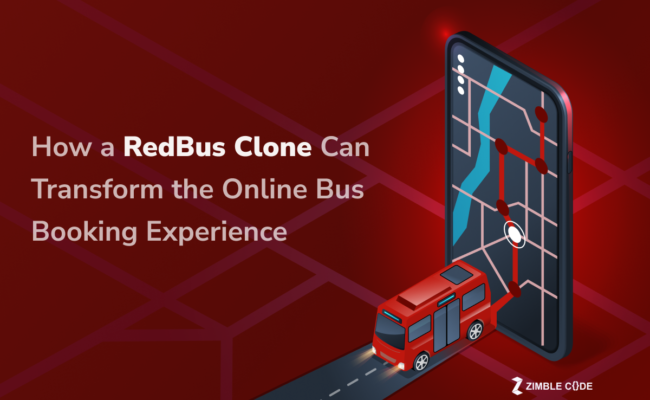
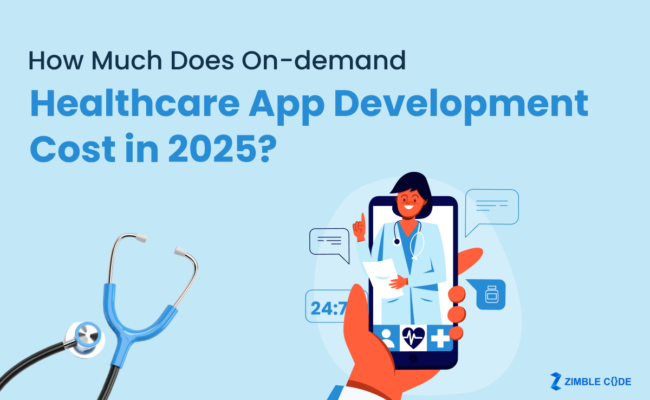
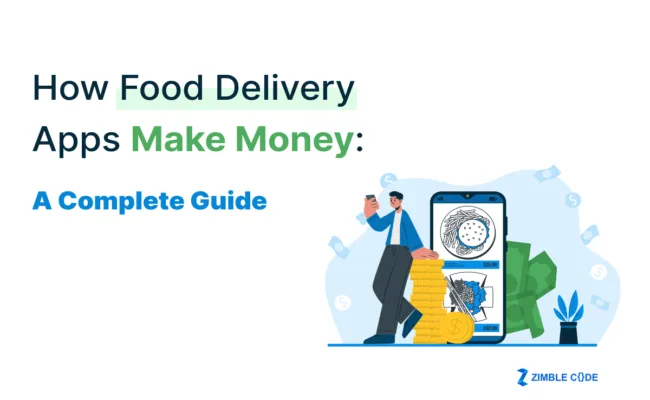


Informative article.. Good job !
I completely agree, It is great. And I am always surprised when I read posts about the food. This great content. I have learned something powerful today.
Thank you for bringing such topic into light, I really loved the concept of your article. Thanks for sharing this information. It’s a great source of knowledge; I think it will be helpful for lot of people who are looking for learning more about the ultimate guide to create a successful mobile app in-2020.
Thank you so much for sharing this blog. I am a regular reader of your blogs. For finding mobile application developers. There are so many developers available who can easily develop your applications. There are few more options to develop an application for hiring a developer. You can hire a permanent developer, hourly basis developer and temporary developer also. Try Moon Technolabs developer. They have all this on one page.
great as well as remarkable blog site. I really intend to thanks, for providing
us better information.